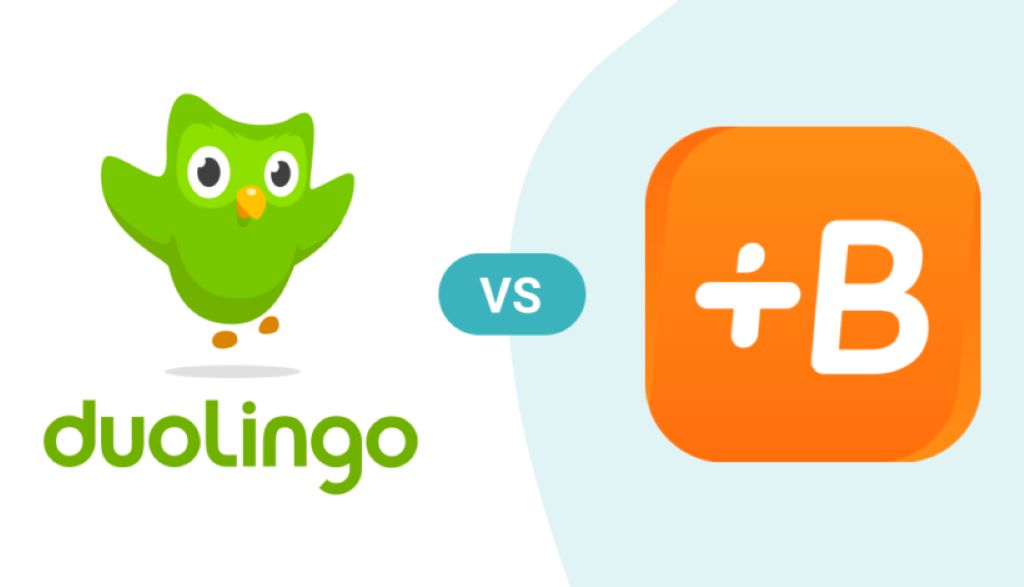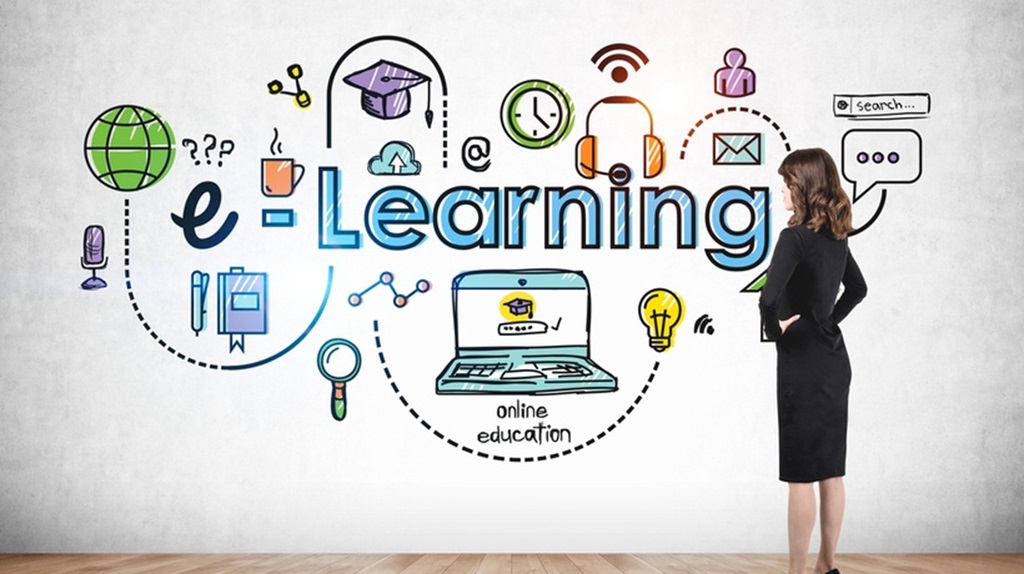Think of how you usually check social media – short bursts of scrolling, right? Well, nano learning takes a similar approach to education. Picture your favorite complex topic broken down into snack-sized, super-focused pieces designed for easy learning. That’s essentially what is Nano-Learning and what nano learning offers!
Nano learning delivers highly focused bits of information in ultra-short durations. Think of it as learning in miniature bursts, perfect for our attention-challenged world.
Nano Learning Example Types
- Short Videos (Under 3 minutes):
- How-to for a specific software feature
- Explainer of a complex concept broken into easily digestible steps
- Quick safety or procedural reminders
- Interactive Infographics:
- A visual breakdown of a process
- Key statistics highlighted on a topic
- Decision-making flowcharts
- Animated GIFs:
- Demonstrating a short task or workflow
- Illustrating a simple concept through motion
- Short Quizzes or Games:
- Reinforcement of knowledge on a specific point
- Competitive, bite-sized learning challenges
- Micro-podcasts (under 5 minutes):
- Interviews with subject matter experts
- Concise case studies or examples
- Text-Based Nuggets:
- Key takeaways from articles or reports
- Tips and tricks lists
- Quick definitions or glossary terms
Why Does Nano Learning Matter?
Let’s get real. Our attention spans aren’t the best these days. Between checking emails, scrolling on our phones, and the countless distractions popping up every minute, focusing on a single educational topic for hours is nearly impossible for most of us.
Nano learning offers a solution. Here’s the big idea: By giving us these small chunks of learning, we can absorb and apply knowledge way faster. That makes it more likely to stick! We stay engaged while also feeling a sense of accomplishment as we make quick progress through the material. It’s the ultimate learner-friendly approach.
What Exactly Makes Content ‘Nano’?
Here are some hallmarks of nano learning:
- Targeted: Nano-learning lessons zero in on a single, clearly defined objective.
- Bite-sized: Information is packed into short segments, usually just a few minutes each.
- Multimedia: Often involves videos, infographics, short quizzes, and interactive elements.
- Easily Accessible: Imagine being able to learn anywhere, anytime, with just your phone. That’s nano learning for you!
Nano Learning in Action: Picture This
Let’s take a practical example. Say you’re in sales and need to brush up on customer objection-handling techniques. Here’s how nano learning can help:
- Problem: Cramming in a lengthy hour-long seminar may not be realistic with your schedule.
- Nano Solution: Here, you will find a series of micro-videos explaining different types of objections and effective responses. You get just what you need without a big time commitment. You can even watch the videos while traveling during downtime.
The Perks of Nano Learning
Besides tackling our short attention spans, nano-learning has these awesome advantages:
- Just-in-Time Learning: Need to master a concept just before a presentation? Nano-videos and infographics might be the answer to a last-minute prep nightmare!
- Improved Retention: Short, focused pieces of knowledge are easier to digest and remember long-term than overwhelming information dumps.
- Adaptability: Can be personalized to fit your unique learning style and goals.
- Increased Motivation: Feeling that instant progress as you complete a nano lesson helps you stay on track.
How is Nano Learning Different from Microlearning?
You might have heard about ‘micro-learning,’ right? So, what’s the difference? Think of it like this:
- Microlearning: Offers more in-depth lessons for a deeper knowledge of a topic (usually up to 15-30 minutes)
- Nano Learning: Takes the core idea of ‘bite-sized’ even further, with lessons frequently lasting under five minutes!
Sometimes, nano and microlearning are grouped because their underlying idea is the same: breaking down learning into focused chunks.
Who’s Using Nano Learning?
Nano-learning cuts across ages and industries. Some examples:
- Busy Professionals: Upskilling without sacrificing work time
- Corporate Training: Quick, on-demand training for employees at all levels. Imagine using it for onboarding new employees for compliance knowledge!
- Schools and UniversitiesNano-learning can break complex topics into smaller lessons within classroom settings.
- Independent Learners: Nano learning fits independent learners like a glove. It’s the perfect on-the-go companion to satisfy one’s curiosity.
Is Nano Learning Effective?
The short answer? Absolutely! Studies show that nano-learning can boost knowledge retention, improve skill application, and lead to better course completion rates. Plus, who doesn’t like feeling like they’re making fast, easy progress?
Creating Stellar Nano Learning Content
Think you might want to make your nano lessons? You don’t need fancy, Hollywood-level studio tools for effective nano learning! Here are some things to keep in mind:
- Focus, Focus, Focus: What’s the single core concept you want to communicate? Get crystal clear on that first.
- Make it Visual: Visuals make everything stick better, whether it’s short animations, simple infographics, or even well-formatted slides.
- Keep it Interactive: Include questions, quizzes, or simple scenarios to keep learners engaged throughout the lesson.
- Get Feedback: Test your nano lesson on a small group before deploying it widely. Ask questions like “What was clear?” “What was confusing?” and “Where would you want more information?”
Tools and Platforms for Nano Learning
The good news? You have tons of options to explore at different price points! Here are a few types of tools:
- Video Platforms: Think YouTube, Vimeo, or even creating short videos right on your phone that get to the heart of the idea you’re trying to convey.
- Authoring Tools: These let you design lessons or presentations quickly and easily. Popular choices include Articulate Rise, Adobe Captivate, or even simpler PowerPoint or Google Slides!
- Micro-Learning Platforms: Many platforms focus specifically on the creation and delivery of short, targeted learning experiences, such as nano lessons.
Putting Nano Learning into Practice
So, how do you make the most of this powerful learning strategy? Here are some practical tips:
- Supplementing Other LearninNano-learning works best alongside other learning formats, not as a total replacement. It’s perfect for pre-learning before a deeper die or to follow up after a full training session.
- Spaced Repetition: Revisit nano-lessons periodically to strengthen knowledge retention. Think of it like flashcards for an upcoming test!
- Just-in-Time Support: When someone needs immediate help on a specific task, short nano-lessons can save the day. It’s about knowledge at the moment.
The Caveats of Nano Learning
Please don’t get me wrong-nano-learning is fantastic in many ways. But, like any approach, it’s not perfect for every situation. Keep in mind:
- Limited Depth: Nano learning is great for basic knowledge, but deep understanding of a complex topic might require a longer session, an extended course, or simply more varied content types.
- Context Matters: Sometimes, you need the ‘big picture’ context to apply concepts you learn in small chunks properly. The nano-learning approach shouldn’t sacrifice that broader understanding.
- Quality Control: Nano-learning resources are often quick to make, which also can mean lower effort (i.e., lower quality). Don’t sacrifice information quality for short lessons!
Conclusion
Nano-learning is an incredible tool for adapting how we learn to the busy world we live in. When it’s done right, nano-learning leads to quicker learning, stronger knowledge retention, and happier learners overall. Think of it as ‘knowledge for the on-the-go’! With just a few minutes a day, nano learning offers a path to learning success like never before.
FAQs
Is nano learning just a buzzword?
Nope! It’s a practical, backed-by-studies approach to breaking down learning for today’s learners.
How long is a nano learning lesson exactly?
Think “a couple of minutes”, usually somewhere between 2-5 minutes long.
Can I only use videos for nano-learning?
Definitely not! Infographics, interactive quizzes, and even short text or audio segments can all be powerful learning tools.
Does nano learning replace traditional learning?
Not a chance! It’s an added approach that works best alongside other learning strategies.
Who should try nano learning?
Almost anyone! From students to professionals to lifelong learners nano-learning makes it easier for everyone to stay informed.







